
Microsoft Dynamics CRM 2011 Cookbook
¥107.90
This is a Cookbook with recipes aimed at all levels with lots of practical walkthroughs for virtualization techniques.This book is great for Dynamics CRM 2011 professionals who have a beginner level understanding of the system and are looking to get a good grounding in how to deploy, maintain, configure, and customize a Dynamics CRM 2011 application efficiently. It’s assumed that the reader has a basic level understanding of IT infrastructure topologies along with functional knowledge of Dynamics CRM 2011 Sales, Marketing, and Services modules.
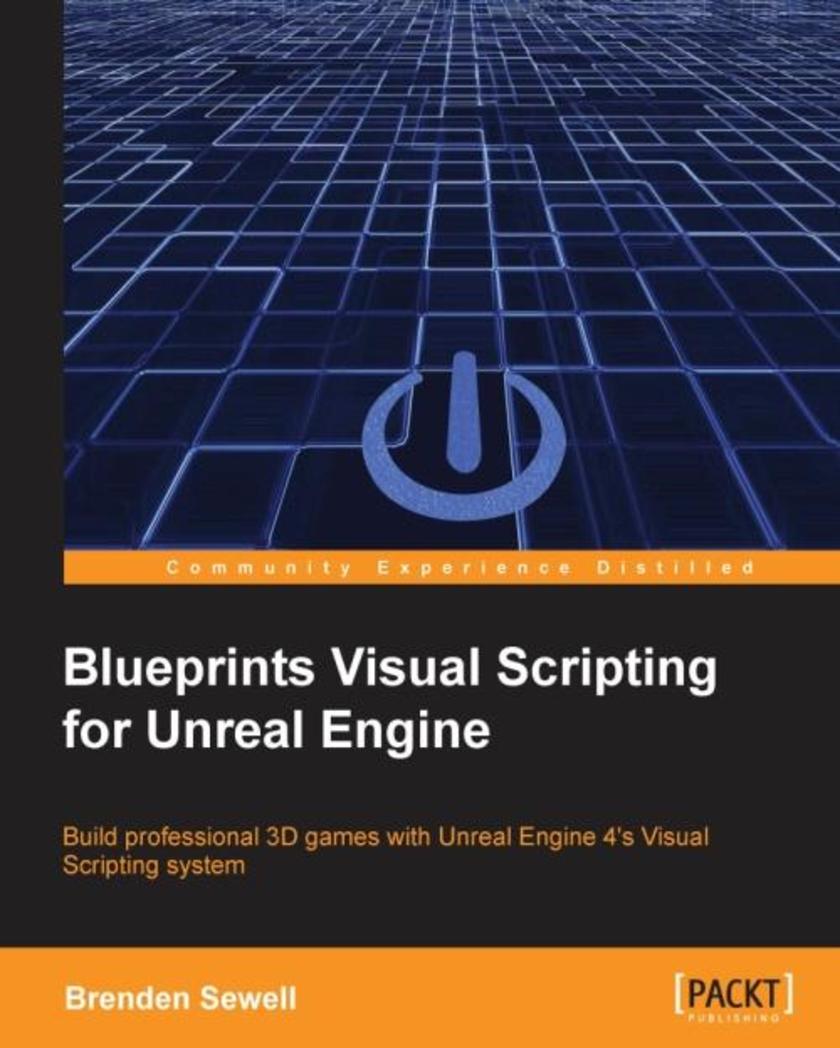
Blueprints Visual Scripting for Unreal Engine
¥54.49
Whether you are an experienced game designer or artist looking to test your latest idea, or a complete novice looking to build their first video game, this is a great place to start learning how to build complex game mechanics quickly and easily without writing any text code. No programming experience required!
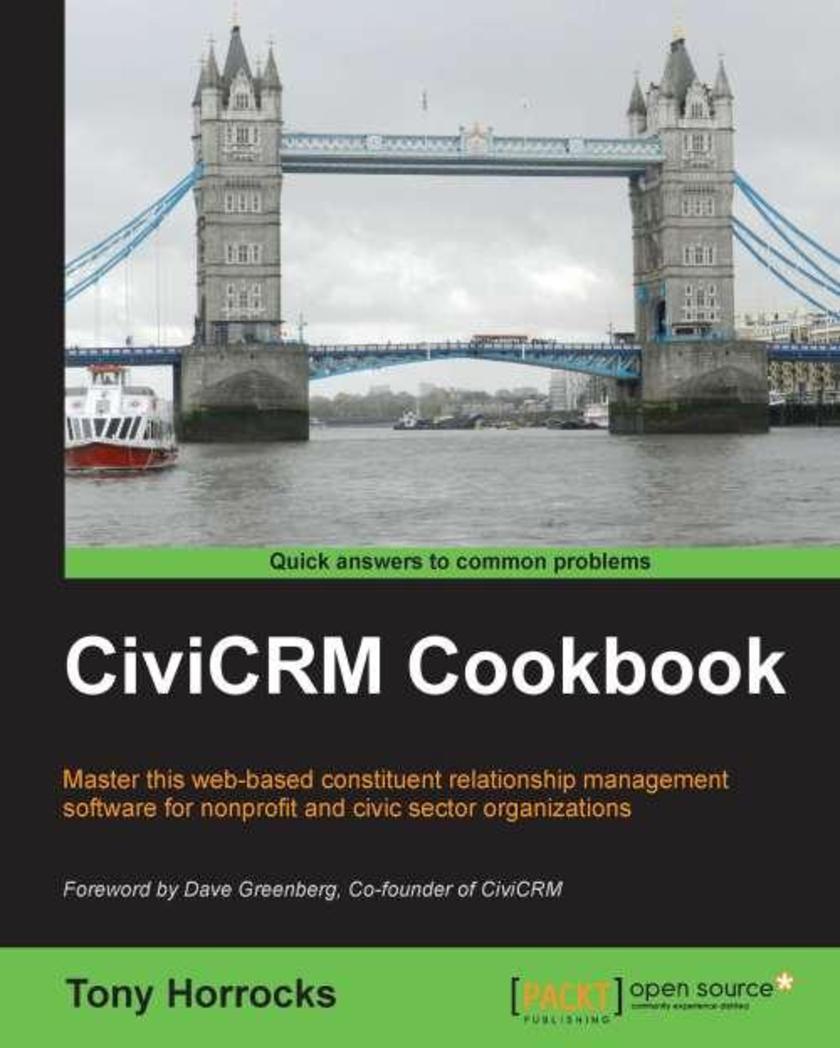
CiviCRM Cookbook
¥80.65
This book is written in cookbook style with practical, comprehensive recipes expained with the aid of the necessary screenshots.If you have basic CiviCRM skills and want to further enhance your CiviCRM skills, this book is for you.
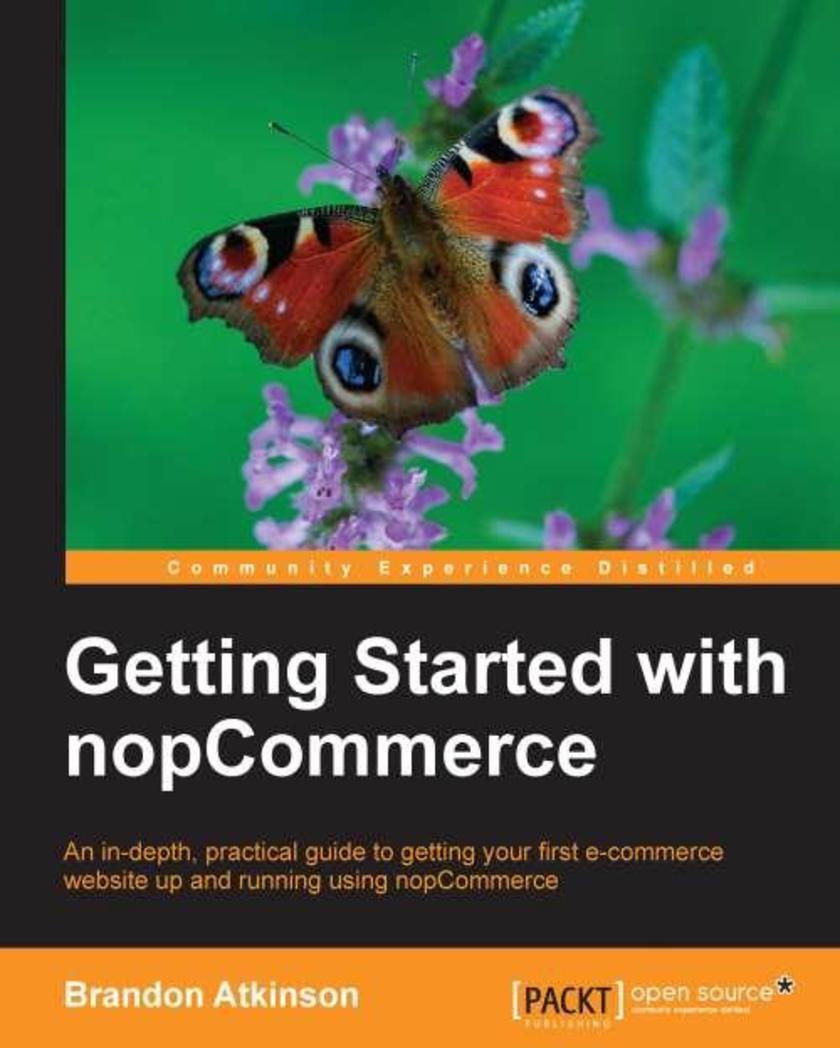
Getting Started with nopCommerce
¥63.21
A friendly, tutorial style book, which will help you learn your way through creating a live storefront with nopCommerce in a step-by-step manner.Getting Started with nopCommerce is for anyone who wants to sell products online using nopCommerce. If you are a non-technical person and are discouraged by the complexity of this powerful e-commerce application, then this book is for you.
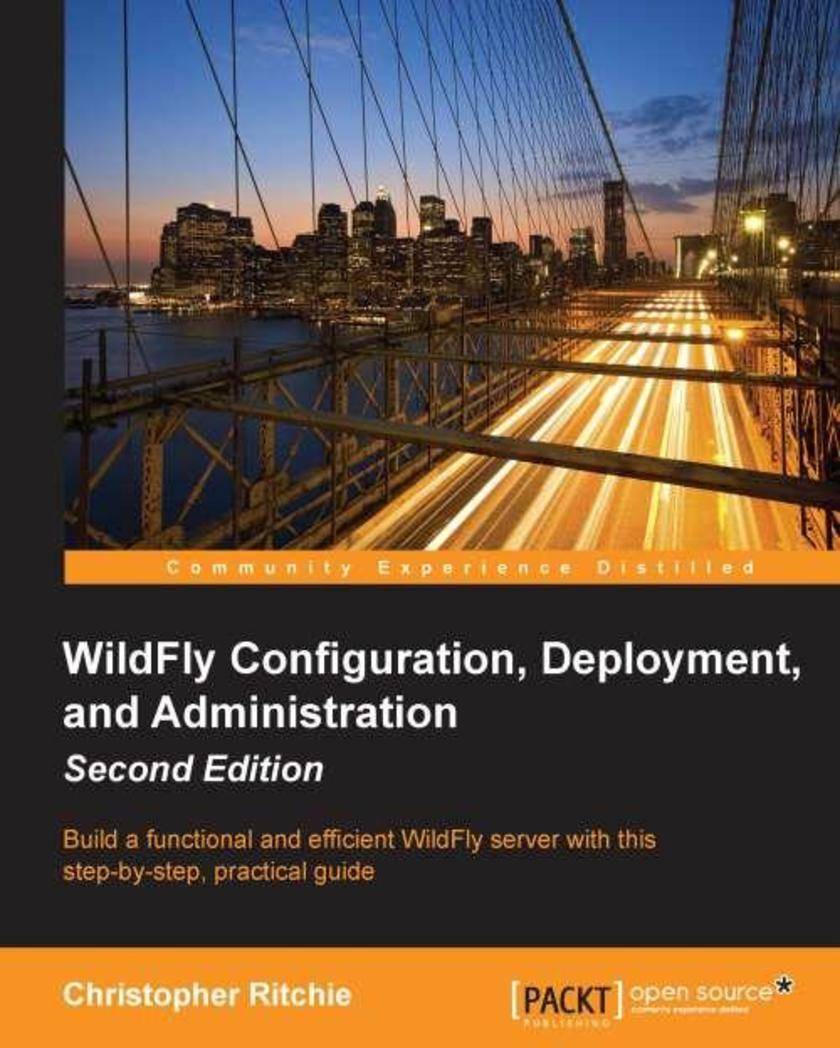
WildFly Configuration, Deployment, and Administration - Second Edition
¥90.46
This book is aimed at Java developers, system administrators, application testers using WildFly, and anyone who performs a DevOps role. Whether you are completely new to WildFly or just require an understanding of WildFly's new features, this book is for you.

Salt Cookbook
¥80.65
If you are a professional associated with system and infrastructure management, looking at automated infrastructure and deployments, then this book is for you. No prior experience of Salt is required.
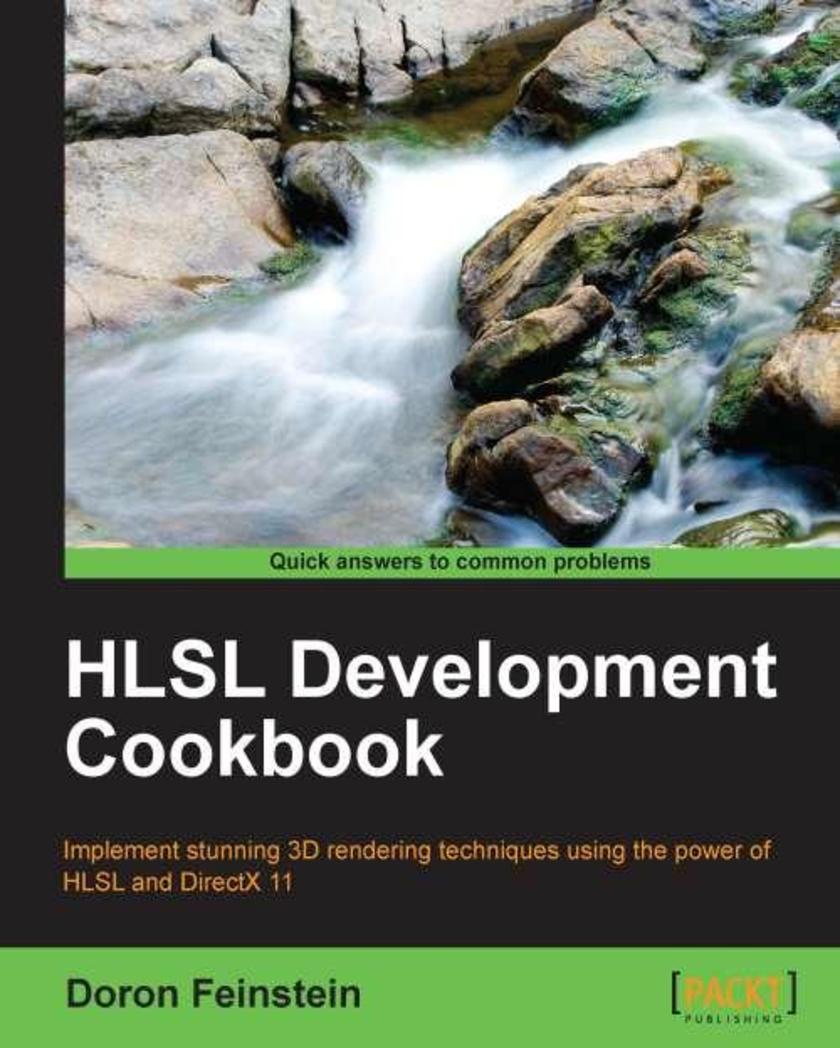
HLSL Development Cookbook
¥90.46
Written in an engaging yet practical manner, HLSL Development Cookbook allows you to pick the recipes you need as and when they are required.If you have some basic Direct3D knowledge and want to give your work some additional visual impact by utilizing advanced rendering techniques, then this book is for you. It is also ideal for those seeking to make the transition from DirectX 9 to DirectX 11, and those who want to implement powerful shaders with the High Level Shader Language (HLSL).
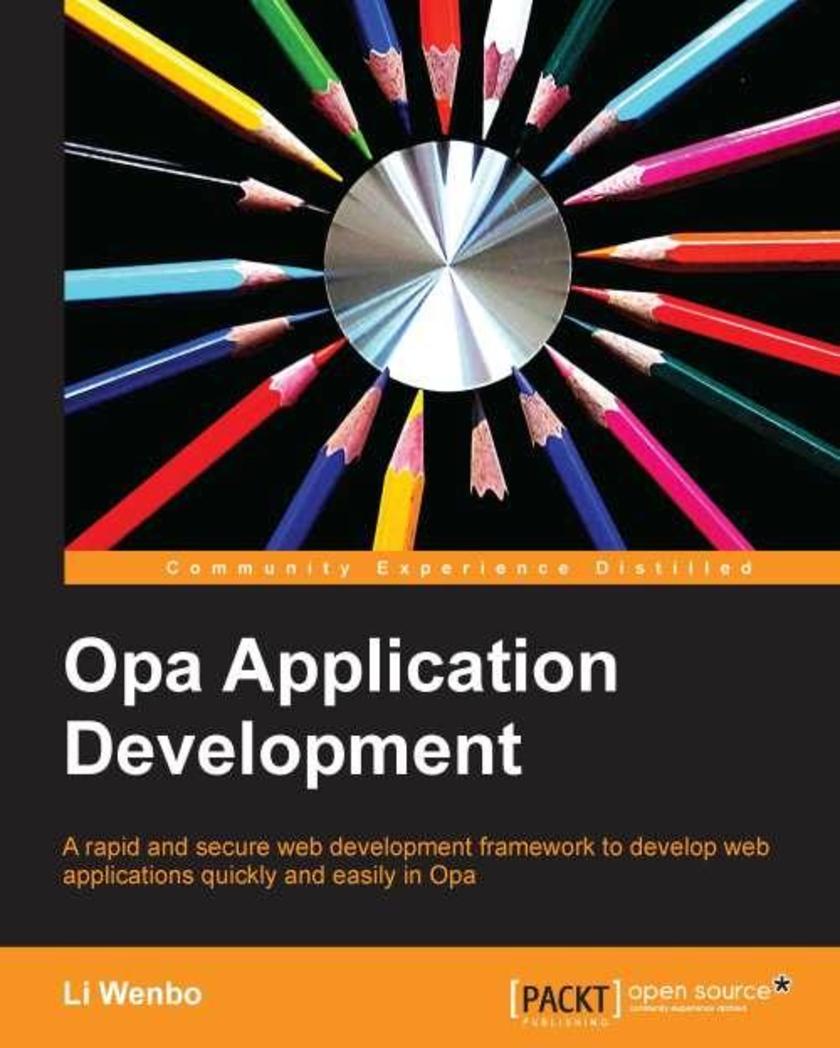
Opa Application Development
¥54.49
It is a tutorial guide to learning how to use Opa with JavaScript, Nodejs, and MongoDB to develop web applications easily and effectively.If you are a web developer who wants to get started with the Opa framework and build web applications with itThen this book is for you. Web development experience is assumed and would be helpful.
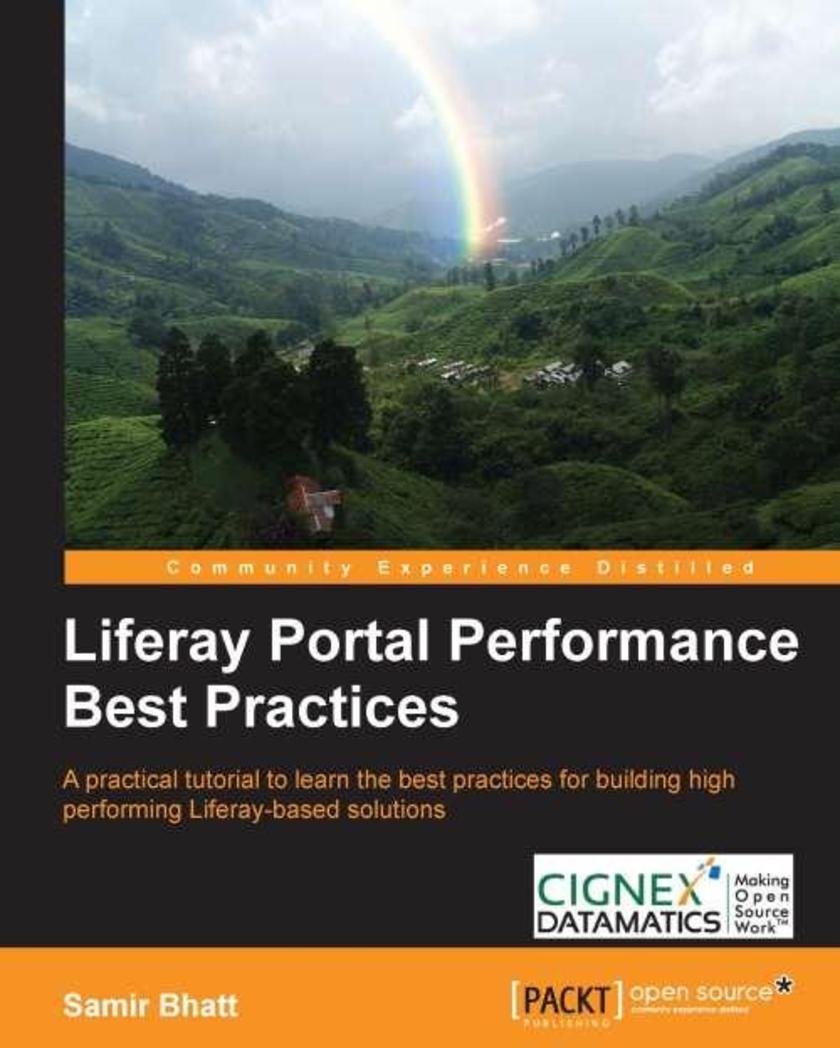
Liferay Portal Performance Best Practices
¥63.21
A step-by-step tutorial on implementing Liferay- based portals to learn performance best practices.The book is good for Liferay portal developers and architects who want to learn performance best practices for implementing Liferay- based solutions. It is assumed that you have a working knowledge of the Liferay portal.
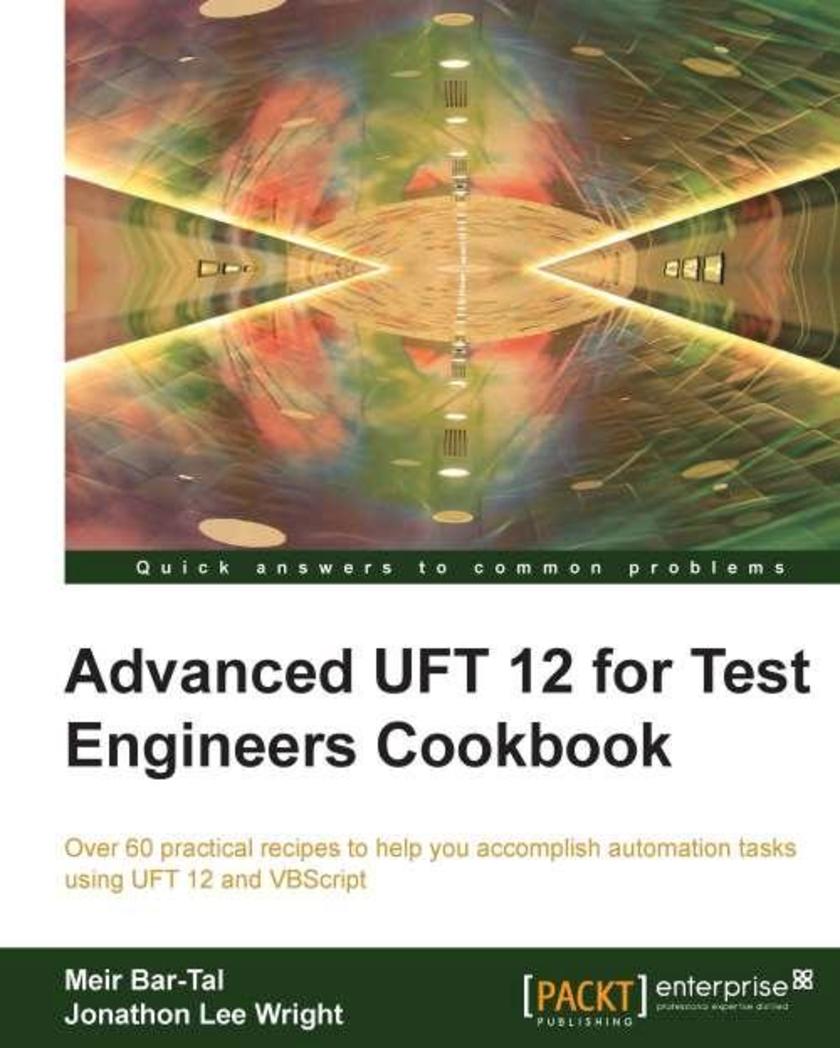
Advanced UFT 12 for Test Engineers Cookbook
¥80.65
This advanced cookbook is designed for software testers and engineers with previous automation experience and teaches UFT (QTP) developers advanced programming approaches. Knowledge of software testing and basic coding (with VBScript in particular) and familiarity with programming concepts are prerequisites.
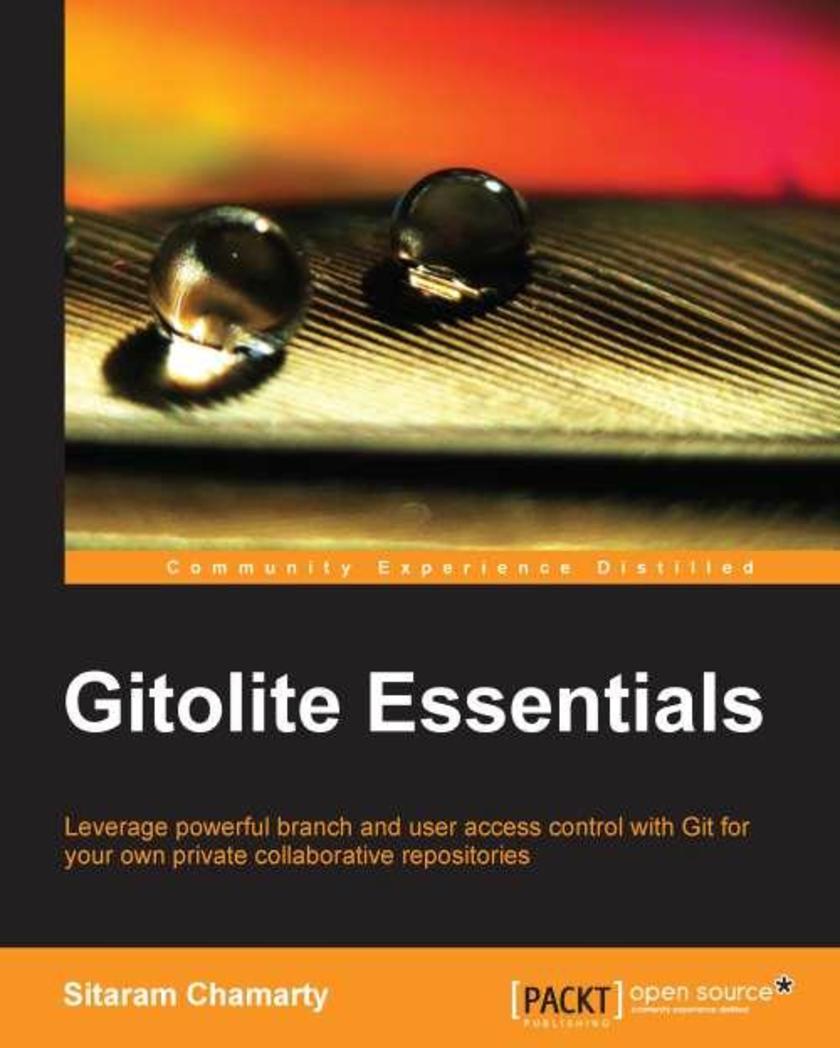
Gitolite Essentials
¥54.49
The book is written to suit an easyreading style, using typical problems in access control to illustrate the need for each Gitolite feature explained. This book is for system administrators or development managers who need to keep a lid on Gitbased development workflows. Basic knowledge of Git as well as of the Unix shell is helpful.
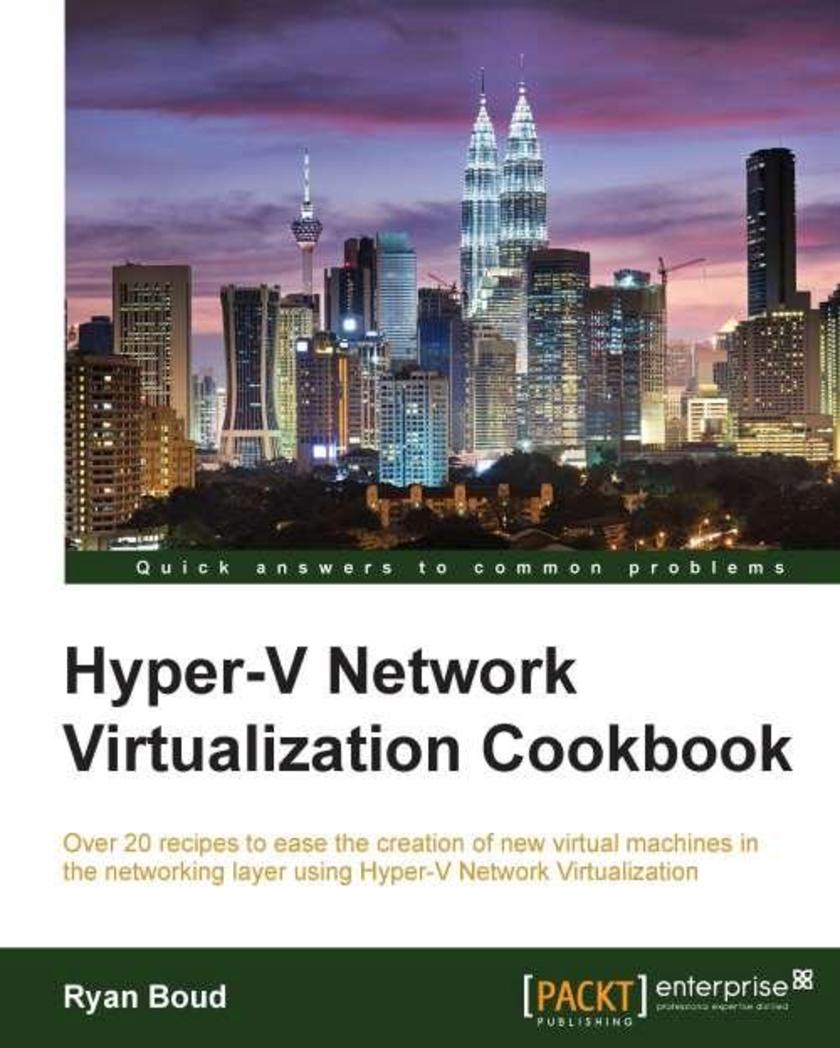
Hyper-V Network Virtualization Cookbook
¥90.46
If you are a virtualization architect, engineer, or administrator who wants to leverage Hyper-V to create virtual networks (virtual data centers), this is the book for you. Prior knowledge of Hyper-V or a similar solution and a good understanding of the end goals of creating a virtual network is required.
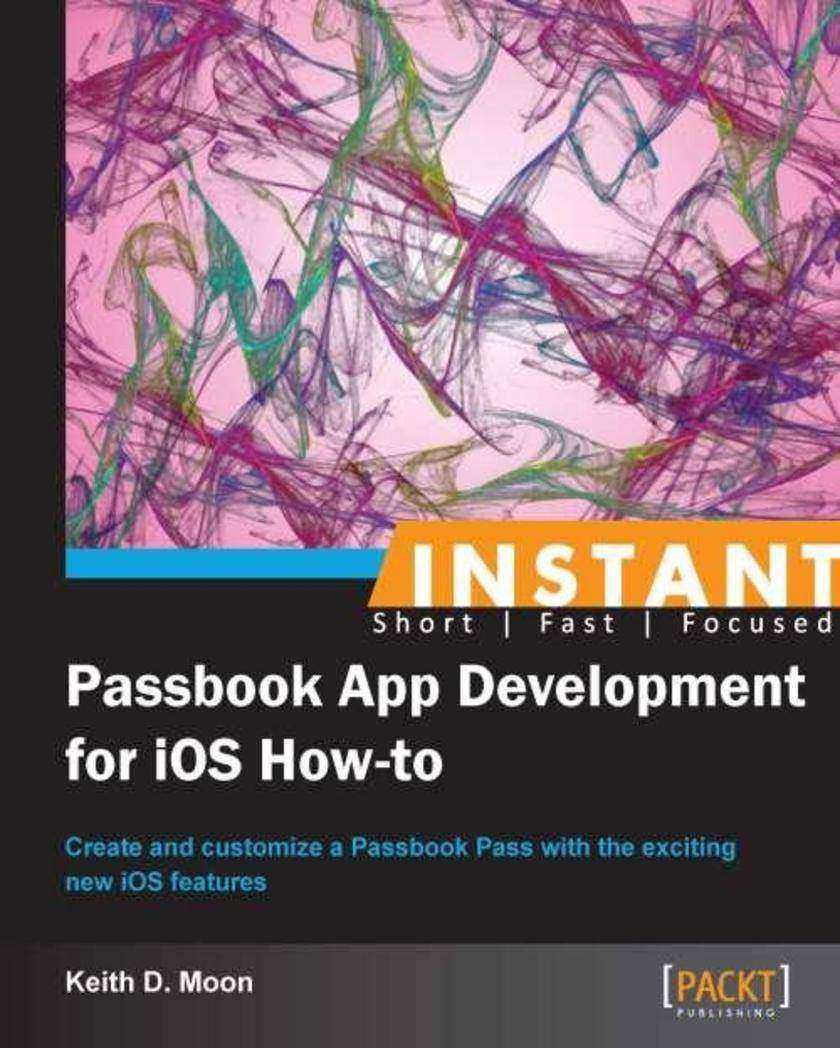
Instant Passbook App Development for iOS How-to
¥35.96
Filled with practical, step-by-step instructions and clear explanations for the most important and useful tasks. A step-by-step guide, focusing on simple projects to help you create a Passbook app for iOS 6.Instant Passbook App Development for iOS 6 How-to is for registered Apple iOS developers, experienced in building an app using Objective-C and Xcode, looking to add Passbook functionality to their app. You will need to have an understanding of the JSON format, REST APIs, and a server-side language like Ruby. Familiarity with executing commands via the Terminal app is expected for the exercises within this book.
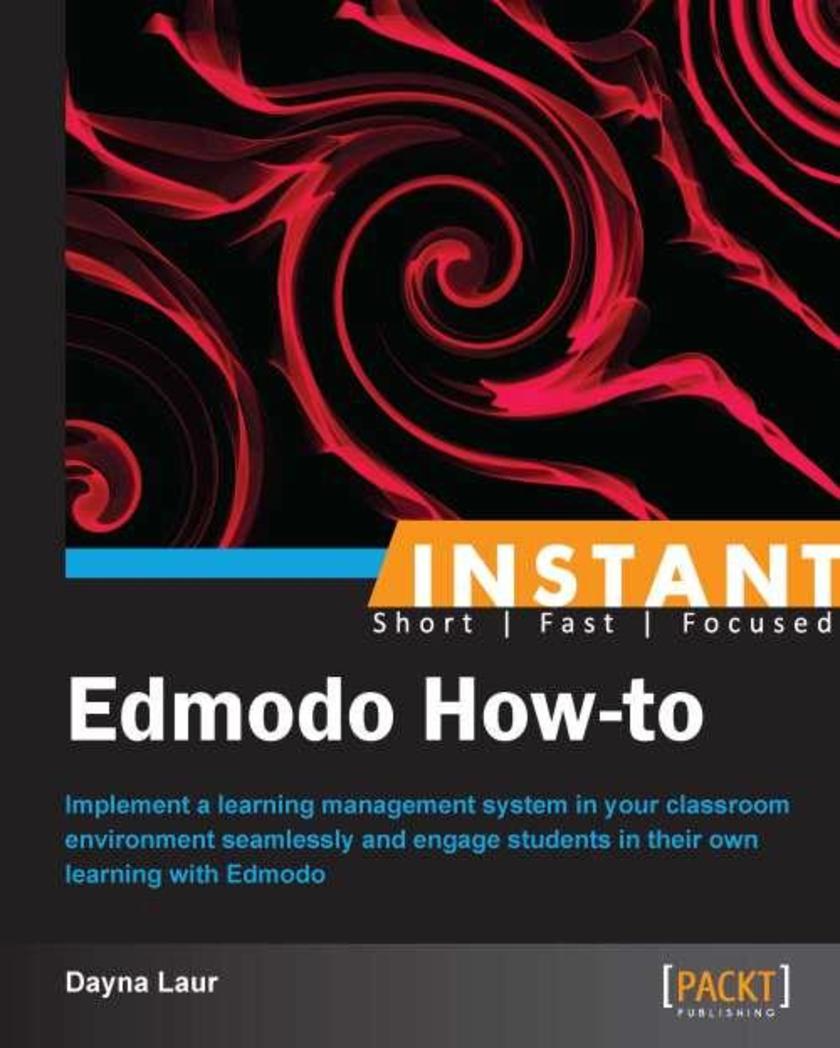
Instant Edmodo How-to
¥35.96
Filled with practical, step-by-step instructions and clear explanations for the most important and useful tasks. Full of illustrative screenshots, tips, and step-by step recipes, it’s a practical guide to implementing a learning management system for students in their classroom environment.The book is for educators who are looking to implement a learning management system in their classroom that will engage students, incorporate technology in a meaningful way, link parents in the learning, and provide opportunities for connections to a wider global community of educators.

Drupal for Education and ELearning (2nd Edition)
¥99.18
With clear instructions and plenty of screenshots, this book provides all the support and guidance you will need as you begin to create your classroom website. Step-by-step tutorials show you how to use Drupal in the most efficient and effective ways possible. People new to Drupal will find a good introduction of the basics; while more experienced users will learn useful tips and tricks for using Drupal in a classroom context.If you are an teacher, tutor or an educator who wants to build a website for your classroom, be it elementary or any higher education, "Drupal 7 for Education and E-Learning (2nd Edition)" will guide you in achieving your goal at every step. No experience with programming languages, HTML, or CSS is needed to understand the examples in this book.

Atlassian Confluence 5 Essentials
¥90.46
Atlassian Confluence 5 Essentials is written in a friendly, tutorial style packed full of practical information to help get you started with Confluence and collaborating on projects more efficiently.If you just started with Confluence, as a user or administrator, this book will give you a running start and teach you everything you need to know. This book will also appeal to veteran users as it will give you new insights and tricks for how to use Confluence even more efficiently. All you need to get started with this book is some basic knowledge on how to use an Internet browser. As an administrator, you will need some basic knowledge about your organization’s standard operating environment to install Confluence.
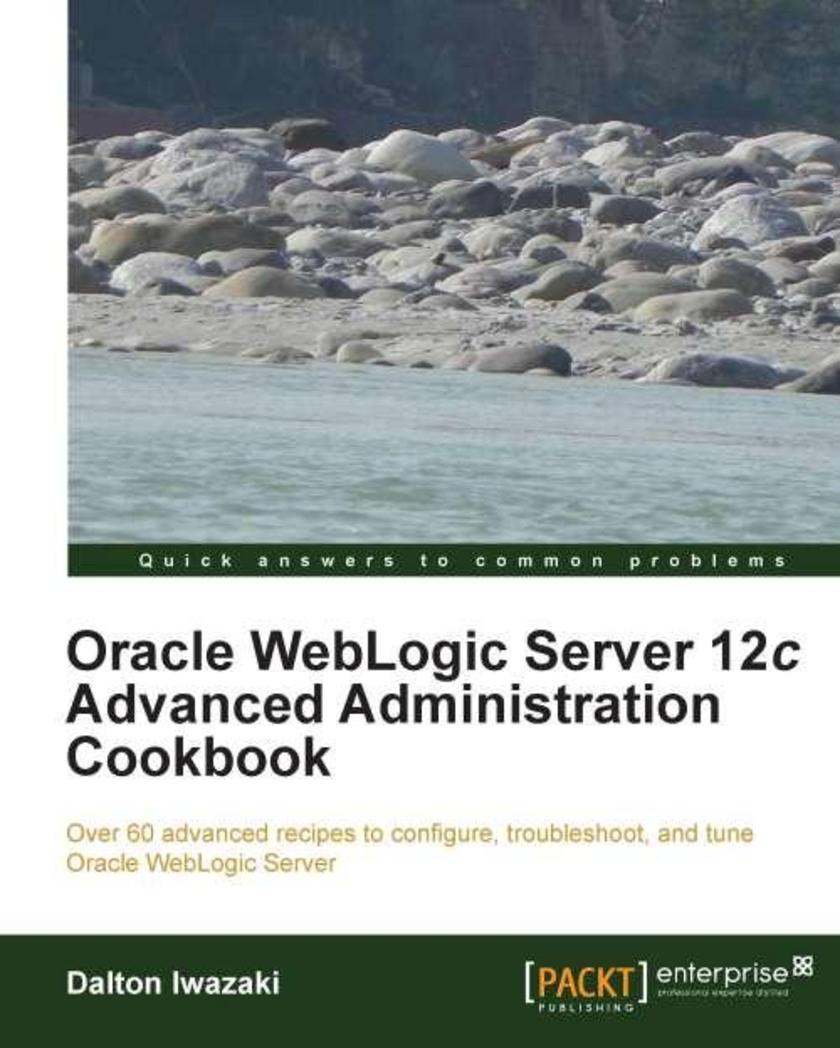
Oracle WebLogic Server 12c Advanced Administration Cookbook
¥90.46
Using real life problems and simple solutions this book will make any issue seem small. WebLogic Server books can be a bit dry but Dalton keeps the tone light and ensures no matter how complex the problem you always feel like you have someone right there with you helping you along.This book is ideal for those who know the basics of WebLogic but want to dive deeper and get to grips with more advanced topics. So if you are a datacenter operator, system administrator or even a Java developer this book could be exactly what you are looking for to take you one step further with Oracle WebLogic Server.

Lua Game Development Cookbook
¥90.46
This book is for all programmers and game enthusiasts who want to stop dreaming about creating a game, and actually create one from scratch. The reader should know the basics of programming and using the Lua language. Knowledge of the C/C++ programming language is not necessary, but it's strongly recommended in order to write custom Lua modules extending game engine capabilities or to rewrite parts of the Lua code into a more efficient form. Algebra and matrix operations are required in order to understand advanced topics in Chapter 4, Graphics – Legacy Method with OpenGL 1.x-2.1 and Chapter 5, Graphics – Modern Method with OpenGL 3.0+. Sample demonstrations are coupled with binary libraries for Windows and Linux operating systems for convenience.

Learn HTML5 by Creating Fun Games
¥90.46
By teaching HTML5 by developing exciting games, the reader will see concrete applications for each of the concepts, and will also have a powerful deliverable at the end of each chapter – a fully functional game. We learn the various concepts using very abstract examples – how to model animals, foods, or fictitious machines. This makes learning and understanding a lot easier, and much more enjoyable.If you are are looking to get a good grounding in how to use the new awesome technology that is HTML5, this book is for you. Basic knowledge of HTML and/or HTML5 is welcome, but optional. The book is a friendly and exciting reference for beginners.
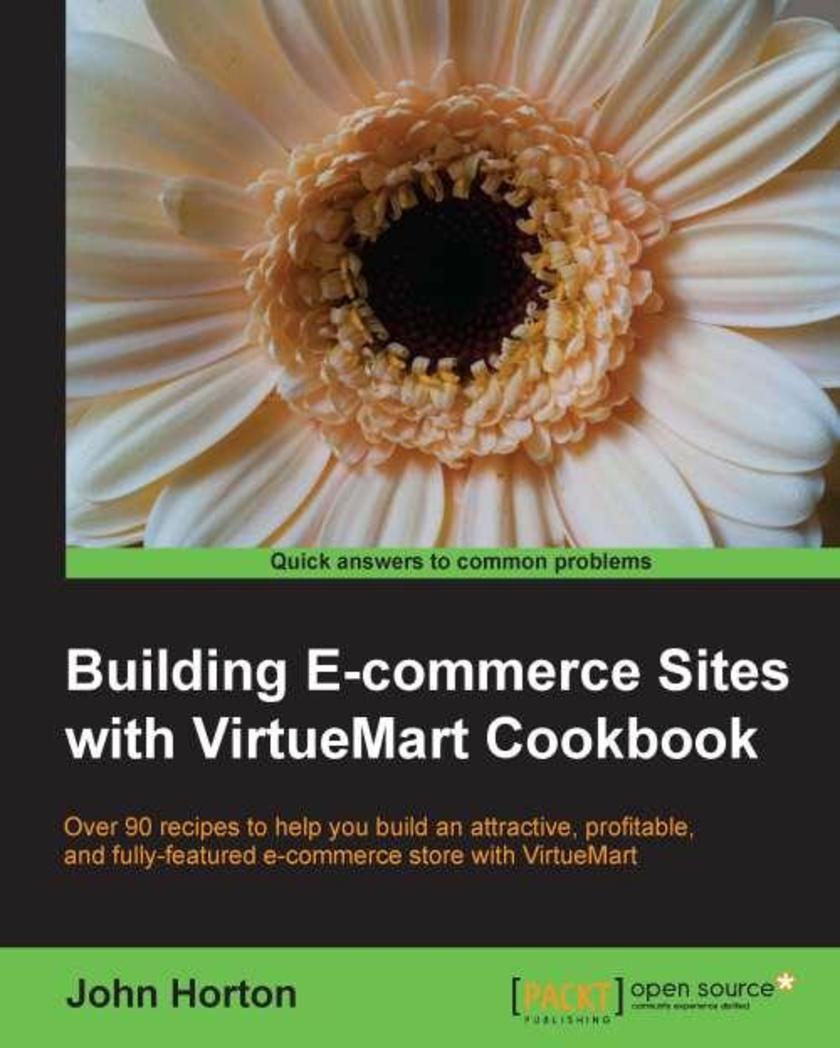
Building E-commerce Sites with VirtueMart Cookbook
¥90.46
Written in a friendly, recipe-based style, this practical cookbook will show you how to create, maintain and customize attractive eCommerce solutions with ease.This book is written for anyone who is interested in building eCommerce solutions with VirtueMart. If you have little to no experience with eCommerce this book will show you how to overcome any problem no matter how complex it appears. Experienced site builders and administrators will also find the solutions this cookbook offers useful. Basic HTML and CSS would be beneficial.
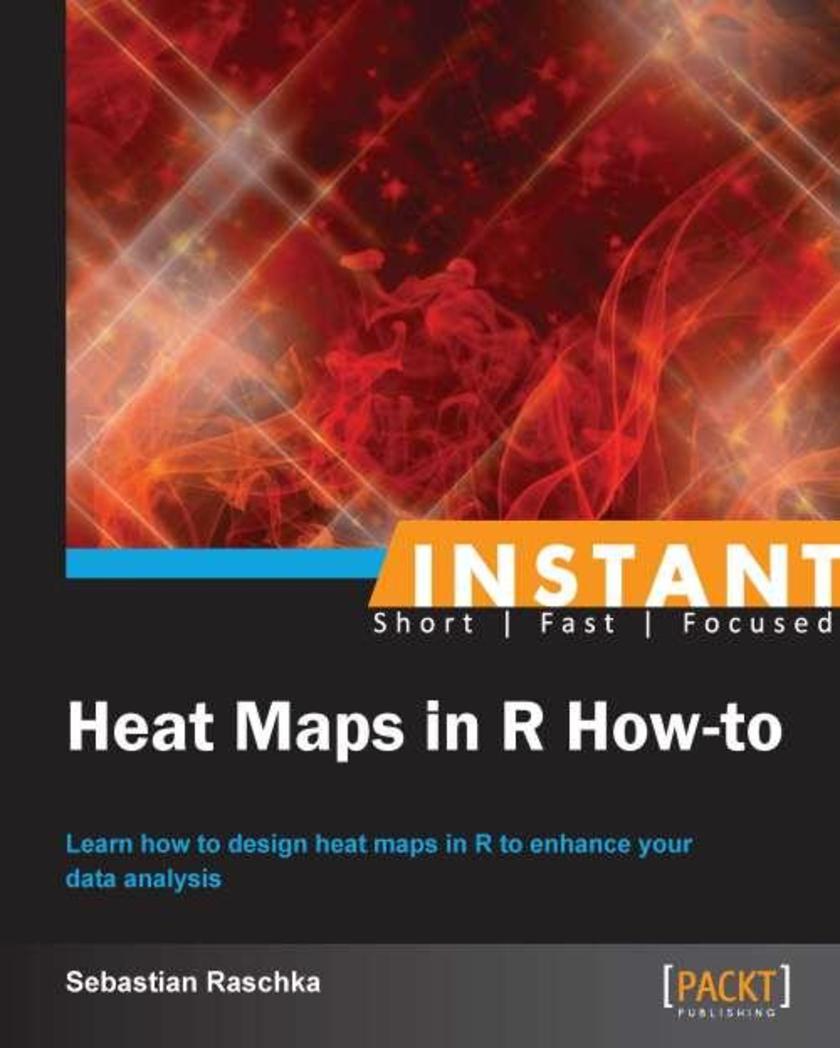
Instant Heat Maps in R: How-to
¥45.77
Filled with practical, step-by-step instructions and clear explanations for the most important and useful tasks. Heat Maps in R: How-to is an easy to understand book that starts with a simple heat map and takes you all the way through to advanced heat maps with graphics and data manipulation.Heat Maps in R: How-to is the book for you if you want to make use of this free and open source software to get the most out of your data analysis. You need to have at least some experience in using R and know how to run basic *s from the command line. However, knowledge of other statistical *ing languages such as Octave, S-Plus, or MATLAB will suffice to follow along with the recipes. You need not be from a statistics background.




 购物车
购物车 个人中心
个人中心



